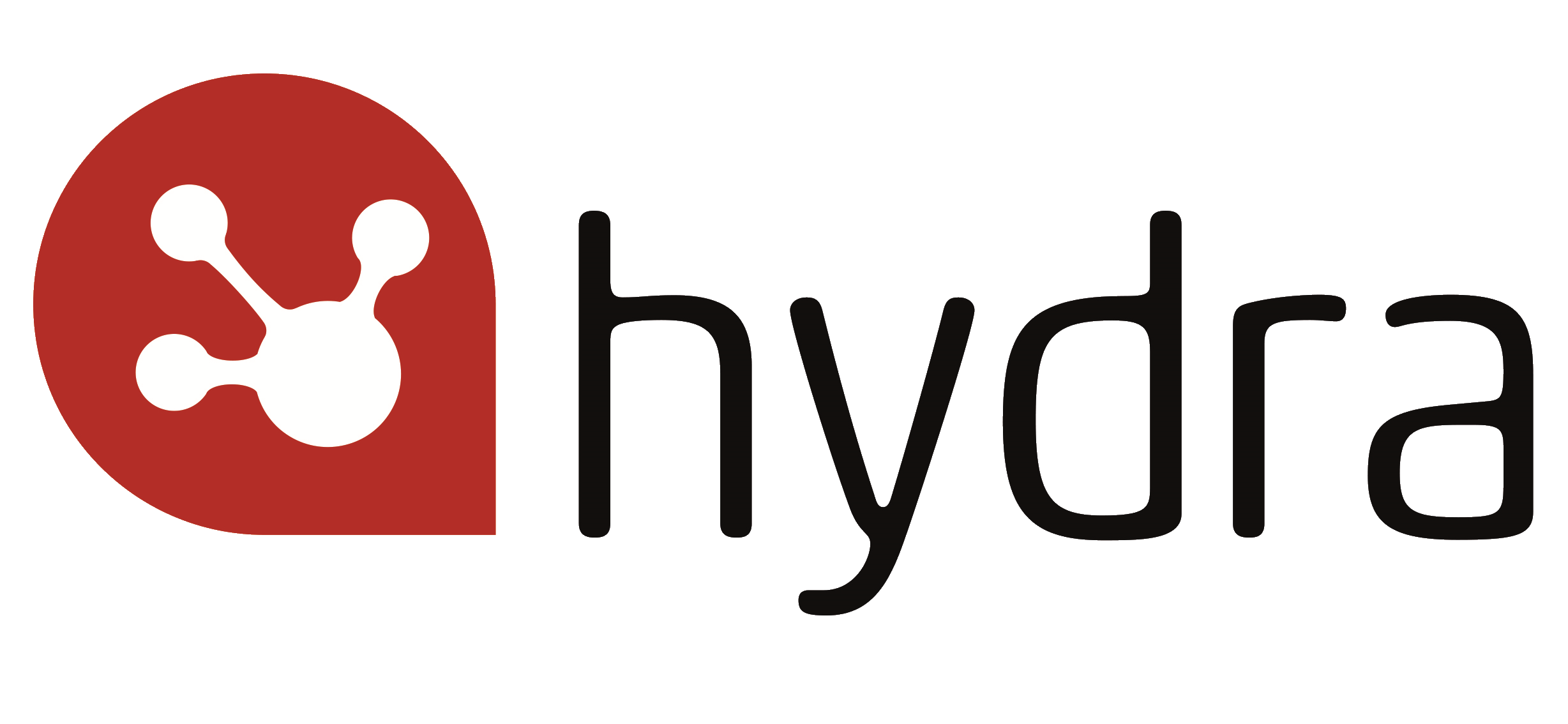Aligning project delivery with customer expectation
Is there a more important project metric than customer satisfaction?
If there is, we certainly can’t think of one. Senior Executives often insist that hitting budget and time targets are the benchmark for successful project delivery, but if your customer is dissatisfied because their expectations weren't met, delivering the project on time and within budget counts for nothing.
According to Lechler, T. & Gao, T. (2012) Explaining project success with client expectation alignment: an empirical study paper presented at PMI® Research and Education Conference, Limerick, Munster, Ireland. Newtown Square, PA: Project Management Institute - the problem is that your customer's expectations may change over the course of a project and may lead to disagreements and, in some cases, project failure. So how do you make sure your project delivery aligns with your customers' expectations and what processes do you need in place to manage these?
1. Listen to your customers
You’ve got no chance of making your customers happy if you’re not exactly sure what they want. Communicating with your customers is not a one-way street. While clear communication is essential on your part, it is just as important to make sure you listen carefully to every little comment the customer makes. This will help to resolve any potential red flags on the spot, before they become a real problem. And it's not just the big things that matter. The little things do too.
Putting yourself in your customers shoes and thinking "how would I feel if I was them" can help shift the perspective.
2. Respond to customer enquiries as quickly as possible
Customers can have questions right the way through the project delivery process, from the project development phase to after completion. How you respond to these can play a big part in shaping the customer’s perceptions.
Always reply to customer concerns and queries promptly, regardless of how serious you think the problem might be. Sounds simple, right? According to Zendesk the software industry average 'First Reply Time' for response to customer enquiries is a staggering 20.30 hours.
If a customer has contacted you, it means that they have a question or query which it's important they get an answer to. Hydra appreciate the important of excellence customer service and that's evident in the 100% customer satisfaction rating given by our customers for responses to enquiries.
 Source: Zendesk
Source: Zendesk
3. Keep the customer updated
Most customers will understandably want to know the status of their projects as they proceed and if there is any sort of change to the project plan. Regular status updates will put the customer at ease and in control. Keeping the customer in the loop in this way can help to troubleshoot potential problems and make them more trusting of your work.
Customers using Hydra Cloud software can get real-time updates and reporting at anytime and anywhere they have an internet connection, so they always know the exact status of their project.

4. Don’t make promises you can’t keep
We all want our customers to be happy, but making promises you can’t keep will always cause disappointment further down the line. The rule is that if you agree to it, make sure you follow through. If you don’t think you can deliver an extra request by a given deadline, saying so upfront is far better than making a promise and then failing to deliver. Even if a request seems unimportant to you, it could be a big deal to the customer.
5. Be consistent
We can’t stress the importance of this point enough. You are the team responsible for making sure a customer’s investment is well spent. When a customer has made a substantial investment in your ability to deliver a project, they’ll want to be reassured. Deliver status reports when you say you will, arrange and attend regular progress meetings, and do your best to hit the deadlines you set. This kind of consistency breeds confidence in your team members and your customers.
6. Keep the project moving
Carefully monitoring the use and availability of resources is the key to keeping the project moving. There should be no excuse for a project stalling. If the customer lacks the funds to keep the project going, that’s one thing, but if the project stalls due to poor scheduling or forecasting on your part, you have to expect customer satisfaction levels to fall.
Resource management software can help with the planning, scheduling, monitoring and forecasting of all your resources. This prevents over and under-utilisation and ensures the required skills are always matching the right tasks.
7. Monitor the project’s scope
Experienced project managers will know just how quickly projects can grow beyond their original scope. Keeping your team focused and working within the project’s scope is key to its timely delivery. If there are additional items that are out of the project’s scope but still necessary, orders will need to be changed which could impact on the project’s profitability. Monitoring the scope of the project closely will ensure the right tasks are completed on time and any additional items are paid for.
"With Hydra's Blueprinting model we are now delivering projects in the same way each time, so the customer experience is always the same" Steve Boxall, Polycom
Aligning your project delivery with customer expectation
Do you need help aligning your project delivery with your customers expectations? Hydra Cloud software combines project and portfolio management capabilities, blueprint technology, knowledge management and information sharing and powerful monitoring and reporting functionality to ensure that you have everything you need to set and manage your customers expectations at every stage of the project. The result is the consistent and successful delivery of your projects and happier, more satisfied customers. Watch our free demo or contact us for more information.


